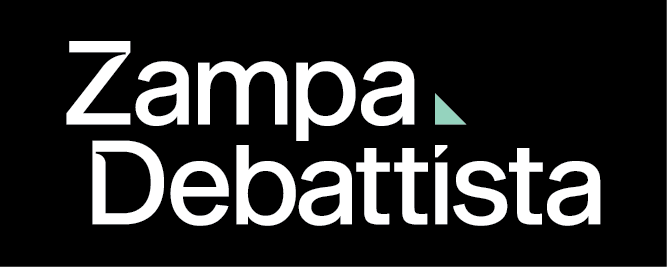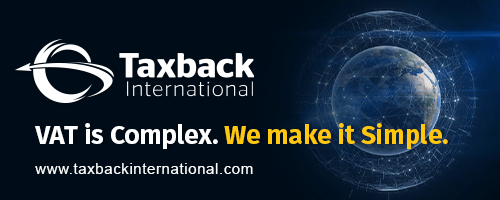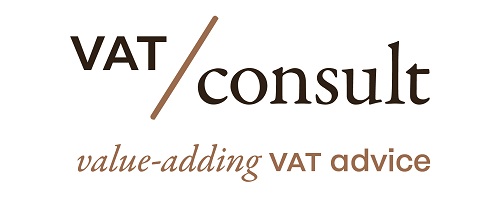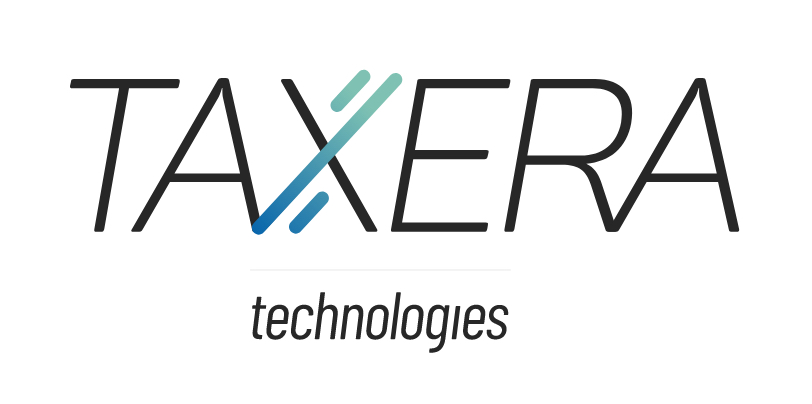By Luís Aires EMEA Indirect Tax Advisor | Ph.D. Candidate | Author | Researcher on VAT Policy/Case Law and Tax Technology | Lecturer
European Parliament elections have recently taken place without discussing in the political debate some of the challenges and concerns facing the European Union, in particular as regards the massive intra-community VAT fraud and the loss of revenue associated with this tax and also with the inertia and inability showed by the community institutions to take concerted measures to fight the scourge of fraud, a real “plague” that threatens EU VAT revenues. Studies published by the European Commission point to an estimated deviation in revenues of around € 150 billion annually, which in the last decade (2009-2019) could represent around € 1.5 billion for all 28 Member states.
The EU suffers from issues with fraudulent activity, with hundreds of millions of euros being swindled from the EU budget every year. Missing Trader Intra-Community fraud – known in some circles as “VAT carousel” fraud – is one of the most damaging forms, with Europol estimating that it costs the authorities around €60 billion annually in lost revenue. Although there is no singular victim of the crime, there is no arguing about the damage it causes to society. Not only will lost tax revenue reduce the provision of important public services like policing, healthcare and education, it also increases the tax obligation of honest taxpayers.
The potential loss of VAT revenue is indeed worrying, but even more worrying is the fact that studies published by the EU show that terrorist entities are being funded through fraudulent “carousel fraud” schemes implemented in the EU, withholding revenue from Member States, and consequently, to the EU’s own revenues [a VAT carousel is a highly sophisticated fraud which is difficult to detect in a timely manner. In its simplest form, a VAT carousel takes advantage of EU rules on cross-border transactions. If a trader acquires goods or services from a company that is based in another part of the EU, they are not required to pay VAT, as intra-community transactions are VAT exempt. Criminal actors looking to establish a ‘carousel’ will begin by establishing or buying companies to acquire goods (known as Company A for clarity). Those companies will buy goods from a company within the EU (henceforth known as Company B). NL-based Company A will buy the goods from Company B, on which no VAT is due. Company A will then sell these goods onto another company – which could be a completely legitimate company or controlled by the fraudsters ( Company C) – this time including VAT in the sale price. Since the goods have been sold domestically, Company A should declare the VAT that it has included on the goods, paying this onto the NL’s tax authority. However, in cases of VAT carousel fraud, Company A then disappears, leaving the VAT unpaid. The goods will then pass through a number of companies – with this being done to act as a buffer, making the investigation more complex – before another company (which we will refer to as Company D) delivers these goods back to the EU and outside of the country. Company D can then reclaim the VAT that was never paid to the tax authorities. The company will then use the same goods and tactics repeatedly, earning the ‘carousel’ name].
The European Commission has neglected to adopt measures aimed at: (i) removing obstacles that distort competition; ii) adapt VAT to globalization and the digitization of the economy; (iii) eliminate or reduce business compliance costs (as it is estimated that for companies engaged in cross-border trade these costs are on average about 11% higher than those with purely internal activities); iv) fight fraud, in particular, “carousel fraud” and other shortcomings (fraudulent bankruptcies, misapplication of tax rules, undue or manipulated refund payments, etc.), which in 2015 accounted for about 12.8% of revenues VAT due.
The EU estimates that the introduction of a new unified VAT regime for intra-Community transactions (proposed through the “October 2017 legislative package” – scheduled to start on 1 January 2019 but has been postponed sine die due to the lack of political understanding and the creation of the necessary conditions for its operation) can help to fight this reality.
With the proposed scheme, under certain circumstances, the seller invoices VAT at source applying the VAT rates of the Member State of destination. That is, in practice, an NL trader who sells goods (and may later do the same for services) to the remaining 27 Member States may have to invoice with the VAT from each of those Member States. This is absurd, given the differences in the structure of rates and product lists of the 28 Member States.
And, paradoxically, within each Member State the same operator may have to invoice without VAT for ‘certified taxable persons’ (as a rule, taxable persons are identified for VAT purposes via a VAT identification number. No distinction is currently made at the level of the attribution of such a number between reliable and less reliable taxable persons. The VAT rules, as far as identification is concerned, apply in the same way to both categories. The concept of a certified taxable person allows for an attestation that particular business can globally be considered to be a reliable taxpayer. The concept is important because certain simplification rules, which could be fraud-sensitive, will apply only where a certified taxable person is involved in the relevant transaction). For non-certified VAT subjects, the NL seller will have to invoice (and charge) VAT at the rate of the buyer’s Member State.
This procedure raises serious reservations from the point of view of equality/discriminatory treatment of VAT taxable persons, as uncertified taxable persons pay VAT to the seller of origin at the time of purchase, whereas to certified taxable persons goods are sold without VAT, the tax is paid by the seller and the buyer only carries out a tax reverse charge accounting transaction (in favor of the State) and a corresponding deduction (simultaneous), with no financial effort.
For these operators, financial needs and associated charges may represent very significant losses in effective competitiveness. This new regime proposed by the European Commission does not really seem to go in the right direction, quite the opposite!
Combining the efficiencies listed, the massive VAT fraud in international trade and the mismanagement and administration of VAT, as well as the inability of the EU to take effective action, we could be facing a “cocktail” of potentially threatening realities regarding EU-wide VAT revenues and healthy competition between companies. These circumstances, which are in themselves opposed to the objectives of the Single Market and the pursuit of the EU’s social ends.
The road ahead
Against this background, Member States are required to agree on measures to reform the current EU VAT system, making it more resistant and immune to tax evasion and fraud. It should be noted that not even as regards the definition of the sectors considered to be prone to fraud and which are the subject of special measures, Member States have a uniform position, with each state defining these sectors, leading fraudulent operators to settle down, moving between the most fragile Member States.
It is now apparent that each Member State continues to define its rates and exemptions (although within certain limits) or sectors with special rules, with no central tax management and administration for many of the VAT assumptions and rules. There is, therefore, a ‘local’ (Member State-level) management of the tax, while intra-Community fraud (namely ‘carousel fraud’) is transnational and involves at least two states, with fraudulent operators being completely free to movement and establishment in any of the 28 Member States.
Compulsory verification of the unanimity rule (for approval of tax measures) has probably been one of the biggest historical errors in the area of VAT, preventing the adoption of anti-fraud measures and amending tax rules, as many countries have been selfishly vetoed, which in practice allows the EU to continue to live and passively accept this reality. But until when?
Firstly, we should accelerate ongoing efforts that aim to share and analyze information at a European level. Data analytics technology can then be used to expand on the wider context behind a company. For example, it would be suspicious for a company with an annual turnover of €100,000 to make an order for goods worth €1 million. Given that VAT data would be accessed by machines, Artificial Intelligence could then be used to create risk models that would help with the identification of anomalies. This information, which formerly would have taken hundreds of hours to compile, could be handed to a case handler, vastly improving the efficiency of the investigations and helping to better combat the VAT carousels.
Secondly, individual Member States need to increase their analysis and operational capabilities. Reaction times need to be increased dramatically so that the action can be taken immediately after receiving a new piece of information. The reality is that most Member States don’t have the technical means to combine national information with external information. Some member states also need to increase the information they collect from traders (e.g. reviewing VAT receipts in a machine-readable format).
VAT carousel fraud has thus far allowed criminal organizations to enrich themselves at the expense of EU taxpayers. Exploiting the same structures which have allowed the EU to become prosperous, ‘carousel’ style rings have been extremely difficult to filter out from legitimate trade that takes place in the EU. To truly fight it, we need to see a multi-faceted approach being enacted across the entirety of the bloc. We must improve the level of information collected about trade and company accounts. We should also look to utilize new technologies to generate useful insight from the vast amounts of data collected at a high cost.
Only through this thorough approach will we be able to see the bigger picture required to combat fraud. The cruel reality of this shared European issue is that the member states with the weakest defenses will be the ones left with the bulk of the bill.















